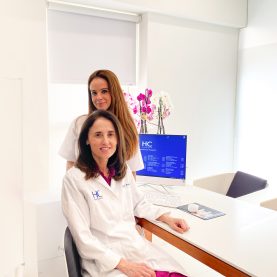
Healthy sun exposure is key to preventing sunburn, premature aging and skin cancer
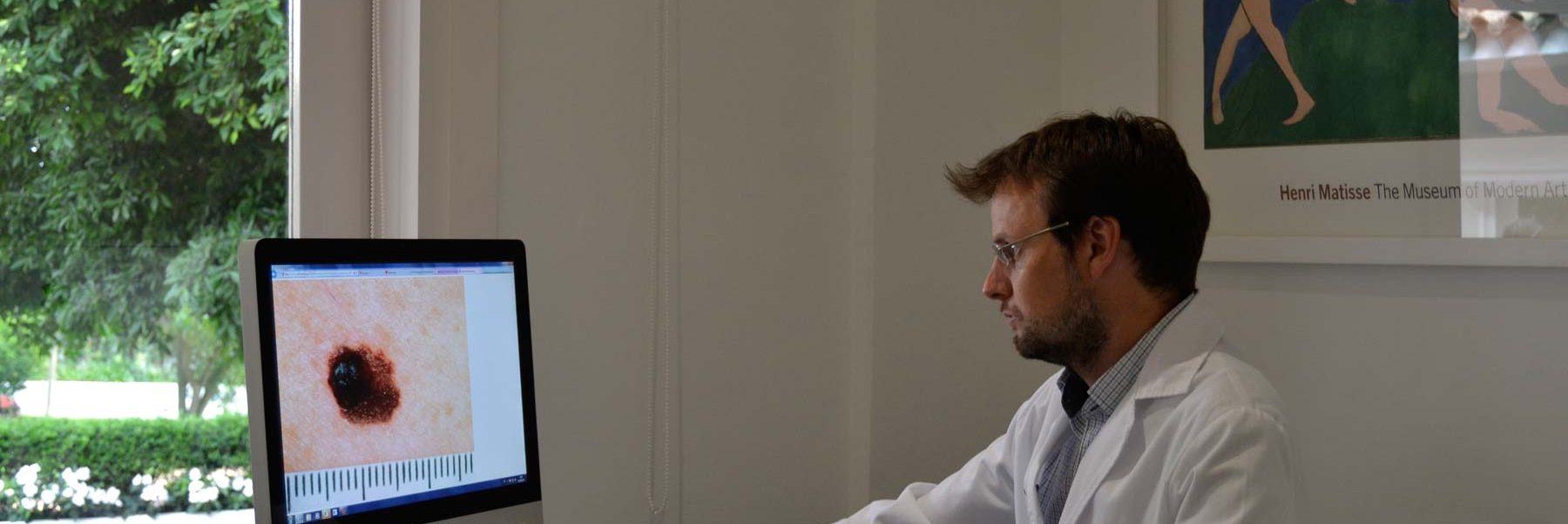
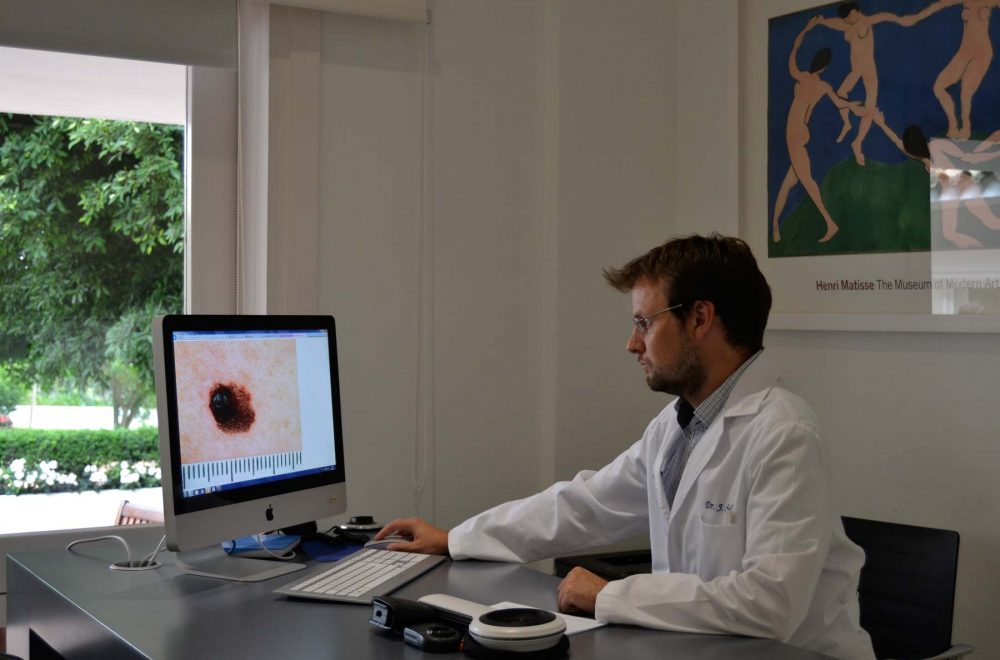
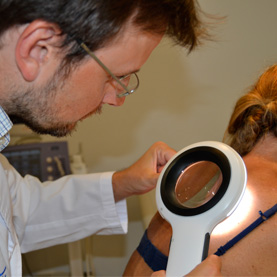 In Spain each year more than 150,000 people are diagnosed with the most common forms of skin cancer: basal cell carcinoma and squamous cell carcinoma, together known as “non-melanoma skin cancer”.
In Spain each year more than 150,000 people are diagnosed with the most common forms of skin cancer: basal cell carcinoma and squamous cell carcinoma, together known as “non-melanoma skin cancer”.
Fortunately there are ways to detect the majority of these cancers whilst curative treatment is still possible. However it is important to be vigilant, in the last four years the number of skin cancers has increased by 38% according to the Spanish Academy of Dermatology, and in 2014 alone it was calculated that there were 600 melanoma-related deaths.
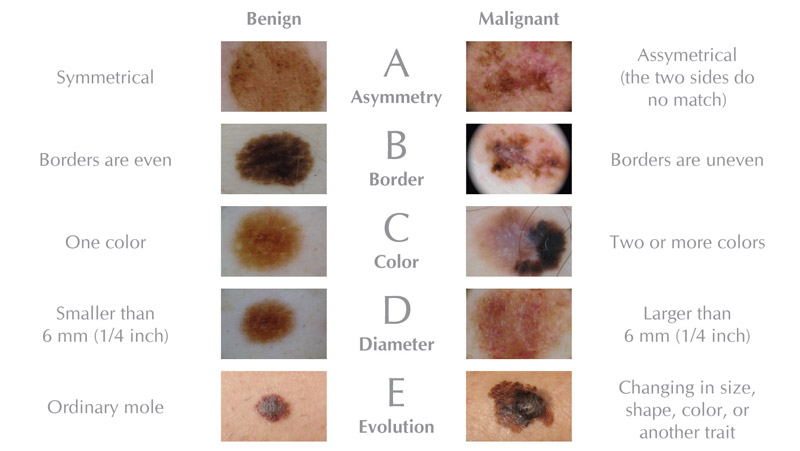
Skin cancer is a condition in which malignant (cancerous) cells form in the skin tissues.
Melanoma, considered to be the most serious form of skin cancer (among the relatively common skin cancers), is not as common as the other two main types, although approximately 4,000 new cases were diagnosed in Spain in 2016 alone. Due to the fact that malignant melanoma can be life threatening, and the number of new cases has been constantly increasing over the last few decades, early detection and treatment of the disease is very important as it greatly improves prognosis.
In the majority of cases, it appears in the form of new “moles” which present certain characteristics, hence the importance of knowing your skin and going to see a specialist, in this case a dermatologist. According to the Spanish Academy of Dermatology, if detected in time there is a 90% probability of curative treatment. Any mole, wound which doesn’t heal, rapidly growing lesion, imperfection, mark or unusual change in the appearance or feeling in an area of skin, could be a sign of melanoma or other type of skin cancer, or it may be a warning sign that it could develop.
The ABCDE rule is a simple method of identifying signs of an apparent “Mole” which could indicate the presence of melanoma, therefore, if any of these are present, you should see your doctor:
- A for asymmetry: when an imaginary line is drawn to divide the “mole” in two, each half is different.
- B for Border: if the borders of the “mole” are irregular, unequal, notched or poorly defined.
- C for Colour: if there are several colours (or different tones) in the same “mole”, these may be brown or black or sometimes pink, red, blue or white areas.
- D for Diameter: if a “mole” has appeared recently and it measures more than 6 mm in diameter (approximately the size of a pencil eraser), you should go to see the doctor.
- E for Evolving: if a “mole” changes its size or shape.
Those with certain risk factors have a higher likelihood of developing skin cancer than others. Risk factors vary according to the type of skin cancer, but generally include:
- Fair skin which burns (including going “red”) easily.
- Family history of skin cancer.
- Previous personal history of skin cancer.
- Exposure to the sun due to work or recreational activities.
- History of sunburn, especially during childhood.
- History of sunbed use.
- Those with blue or green eyes.
- Those with blond or red hair.
- Certain types of moles (“atypical moles”) or simply if numerous moles are present.
Skin cancer may be painless, but it is dangerous. If you notice one or more of the alarm signals mentioned, see a doctor, preferably a dermatologist (skin specialist).
If an area of abnormal skin is suspicious for skin cancer, at HC Marbella we will perform tests and investigations to be able to reach a diagnosis. Generally a physical examination by a dermatologist including non-invasive techniques such as dermatoscopy will be sufficient for this. If there is any doubt then analysis (biopsy) of the lesion can be performed. If it is found to be a melanoma, or other skin cancer which can spread to other parts of the body, further investigations can be organised as appropriate.
We provide treatment for this type of cancer at HC Marbella.
At HC Marbella we understand the importance of assessing cancer risk as well as detecting disease at an early stage, when there is a higher possibility of a full recovery.
If you have a history of cancer in your family we can provide you with information on hereditary cancer and genetics. Our Oncology Department’s genetic counsellors and specialist doctors are able to analyse ways of minimising your cancer risk as much as possible.
Detection is an essential part of cancer prevention and treatment. Our doctors have developed screening guidelines for the most common cancers: breast, cervical, colorectal, head and neck, ovarian, prostate and skin, in line with their experience in the treatment of patients at HC Marbella.
Home » Specialties of HC Marbella » Dermatología » #Pautas de Detección del Cáncer de Piel
Dr. Frieyro Elícegui, Marta
Specialist in Dermatology and Venereology
Dr. Del Boz, Javier
Specialist in Dermatology and Venereology
Dr. Segura Palacios, Juan Manuel
Specialist in Dermatology and Venereology
Dr. Gallardo Pérez, Mª Angustias
Specialist in Dermatology and Venereology
Tel.: +34 952 908 628
+34 609 148 799
952908898 Oncology
951829978 Diagnosis by imaging
951829947 Gynecology
952908897 Fertility
951829947 Physiotherapy



